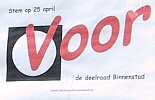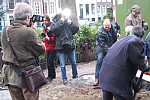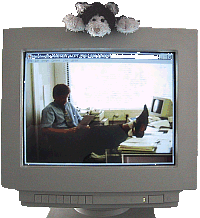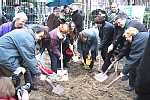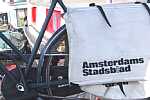| Keitje's Home |
| Netherlands |
| Amsterdam |
| development |
| city palace |
| architecture |
| city furniture |
| public space |
| dogshit |
| go around |
| tourism |
| » voice |
| Jordaan |
| Fotoserie |
| Archief |
| hondenpoep |
| the complainer |
| government innercity pro contra elections and now information |
|
government
To bring the Amsterdam city government 'closer to the people', the city council of Groot (Big) Amsterdam,
also called the Centraal (Stads)Bestuur (central city council), decided to decentralise certain of its civil services to
new to form Stadsdelen (city parts, governmental neighbourhoods). Their inhabitants however were not in favor of it,
especially not in the beginning, but after some time has passed people are reasonable pleased with them.
The Amsterdam Centraal Bestuur keeps her existence, primarily for the socalled Grootstedelijke zaken
(large city concerning projects) in the area called
Groot Amsterdam
(which is almost everything
in and between Amsterdam Noord, Zuidoost (SouthEast), Osdorp and Slotermeer).
|
Groot Amsterdam Greater Amsterdam Amsterdam Stadsprovincie Amsterdam City Province Amsterdam Dienst Binnenstad Department Inner City Regionaal Orgaan Amsterdam ROA Amsterdam Region Stadsdeelraad Binnenstad Amsterdam Citycouncil Amsterdam Innercity |

